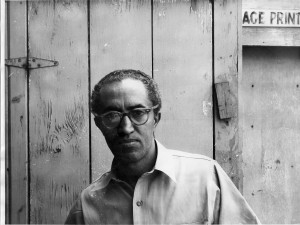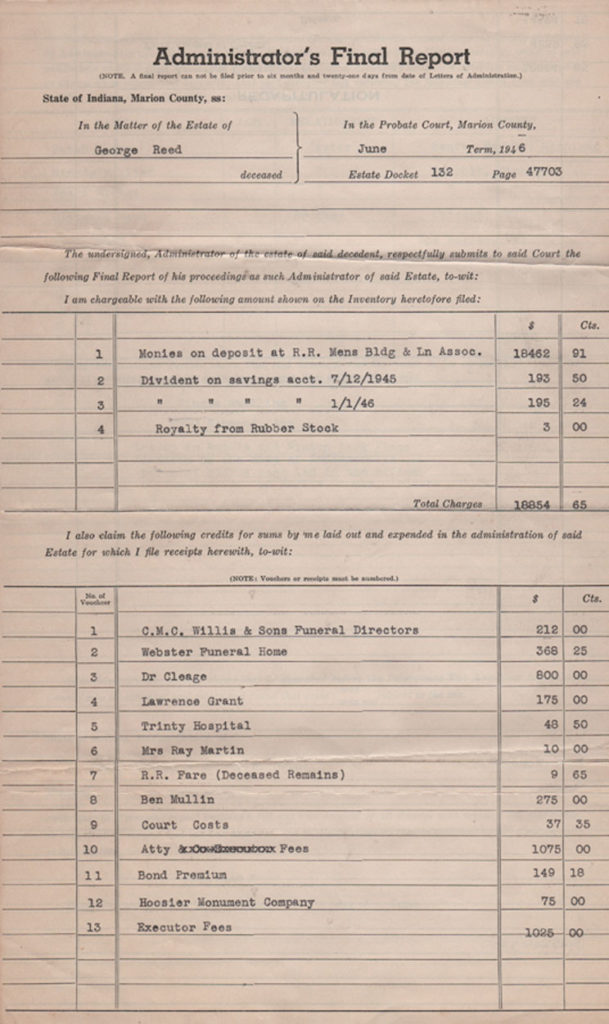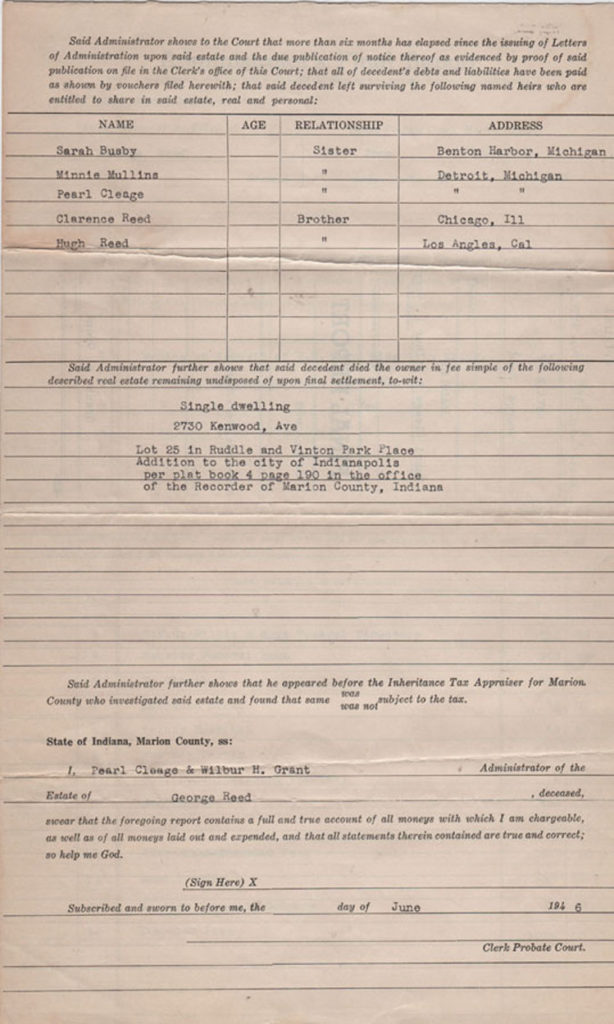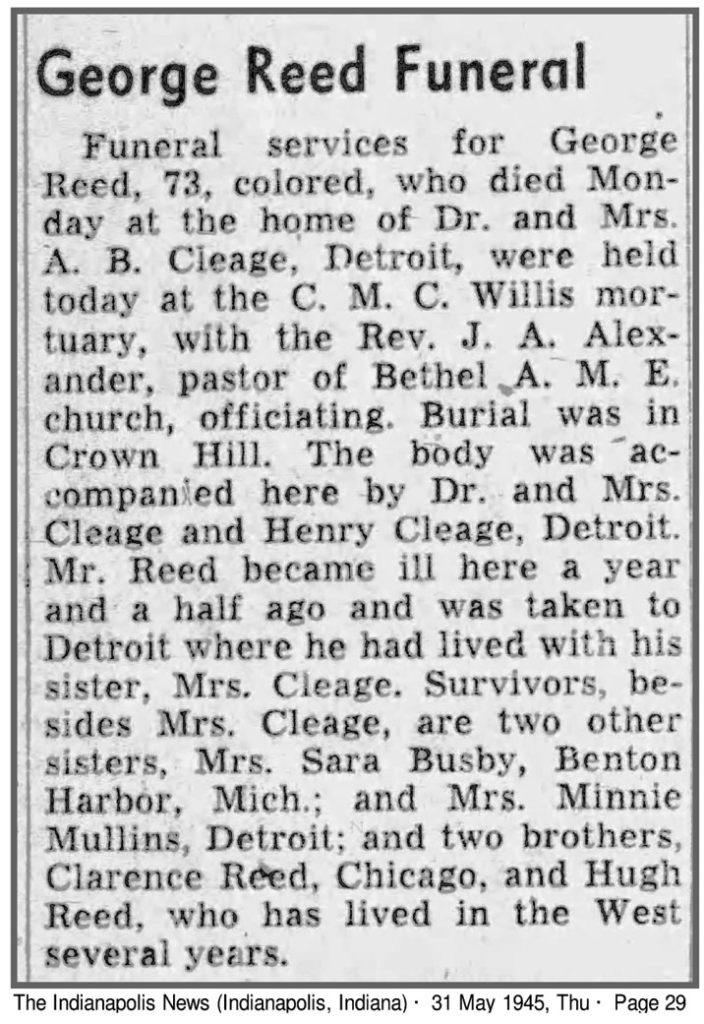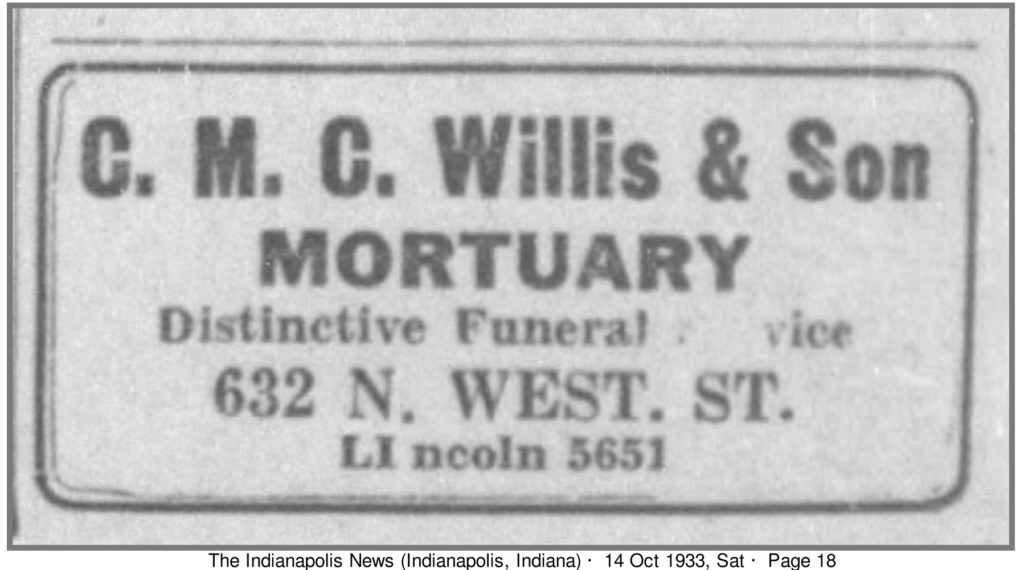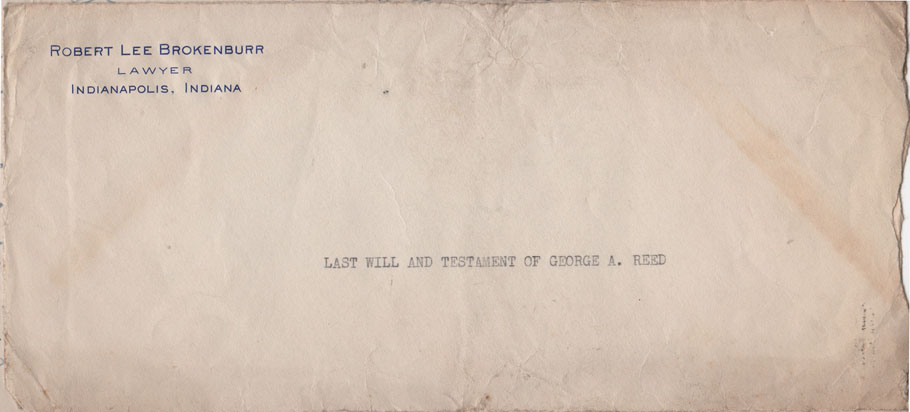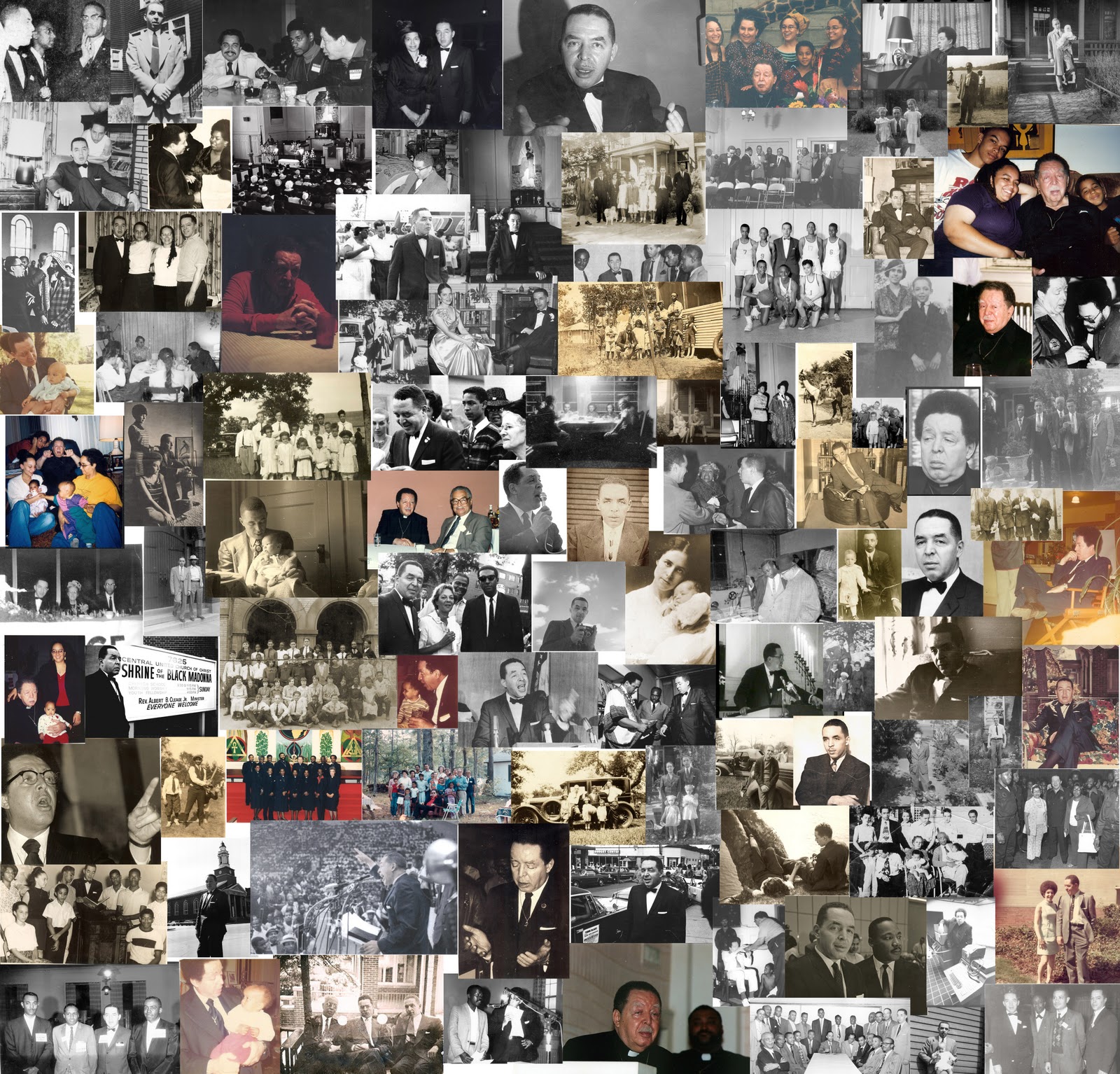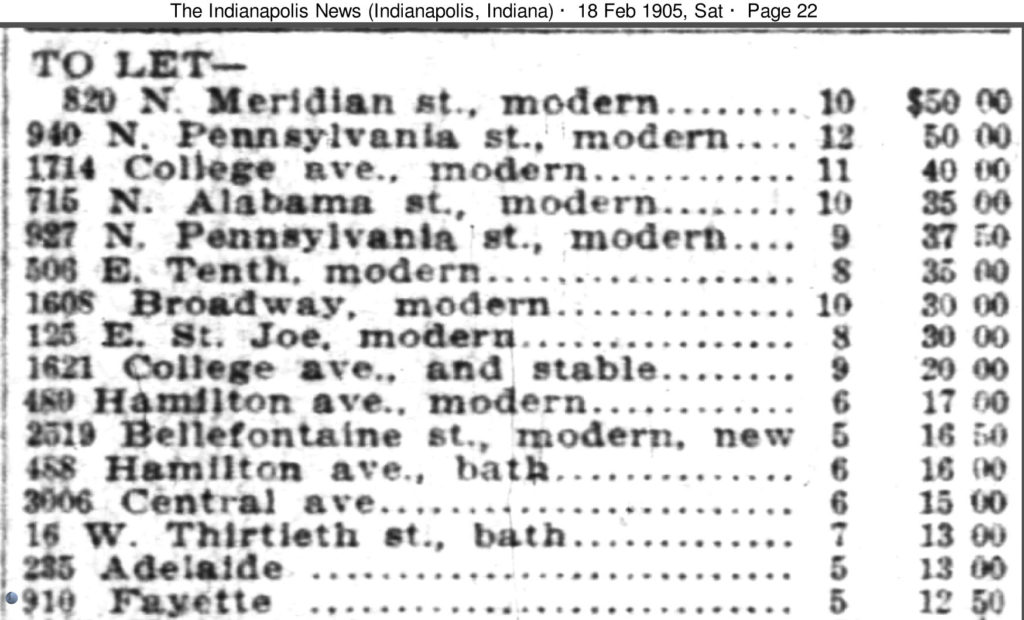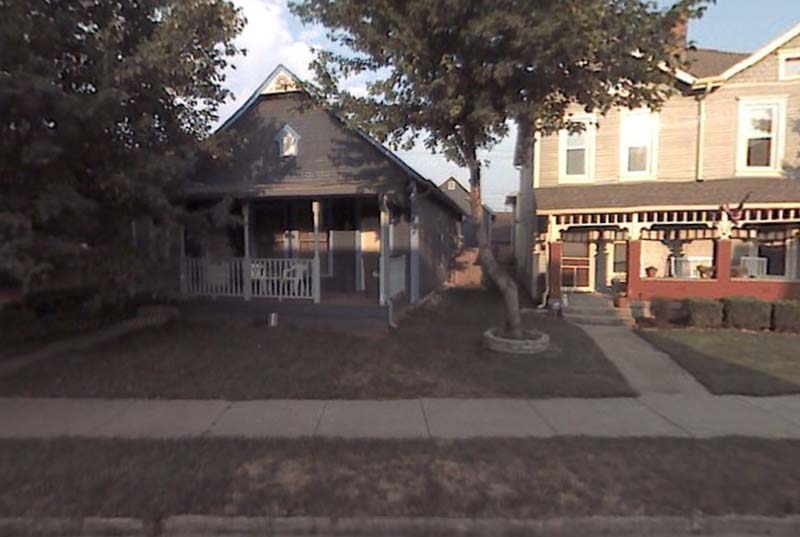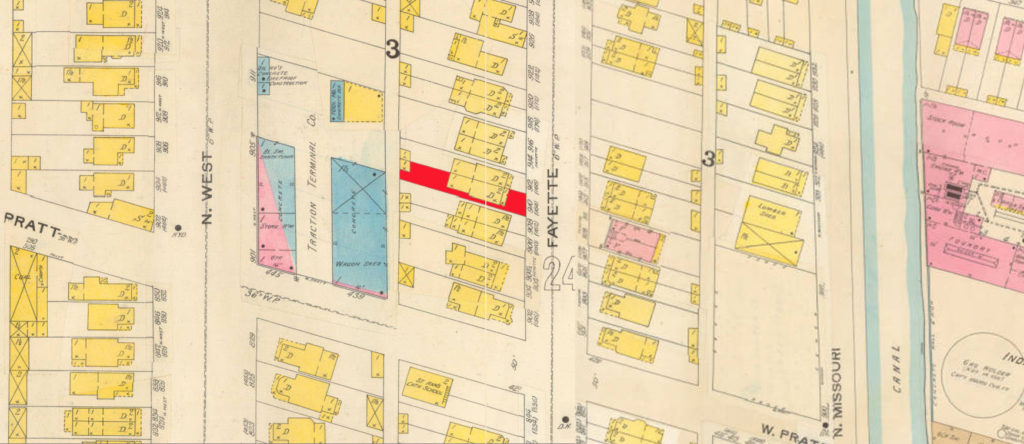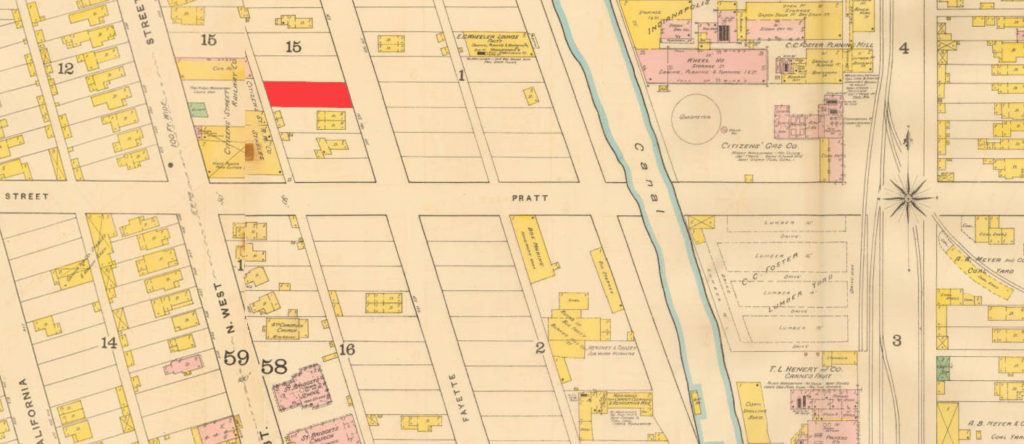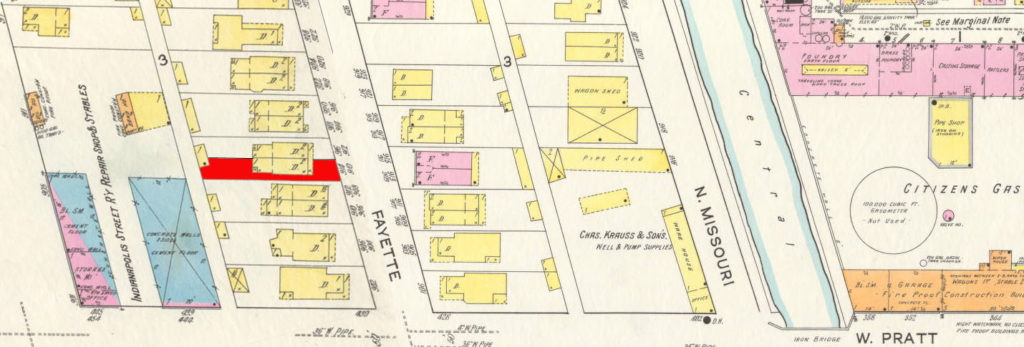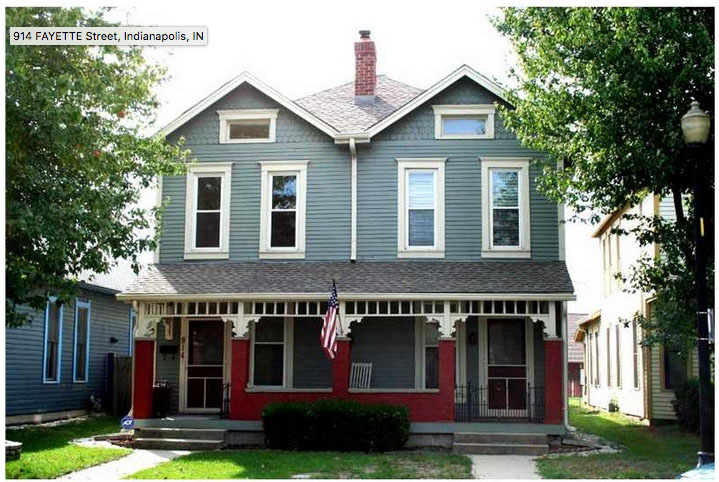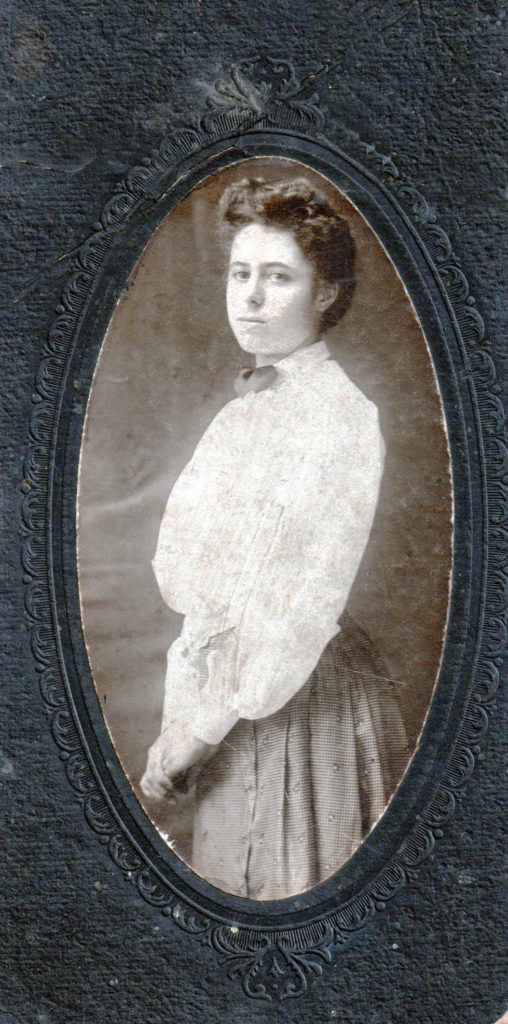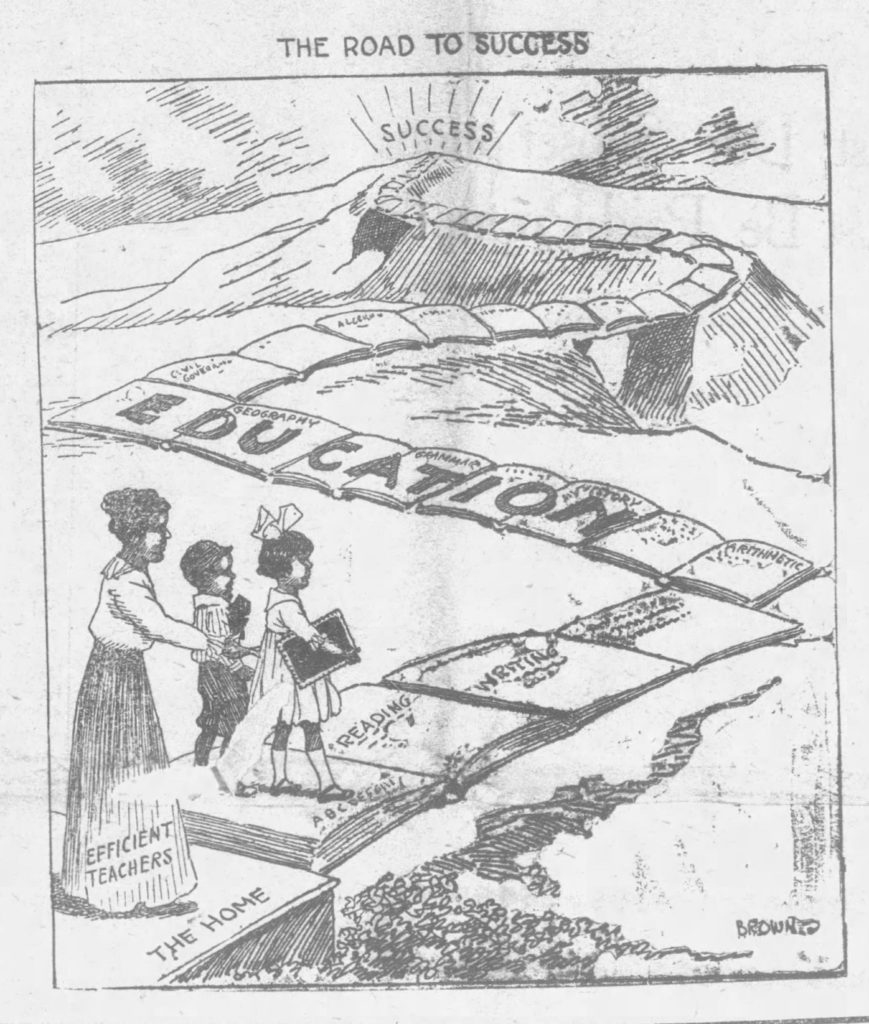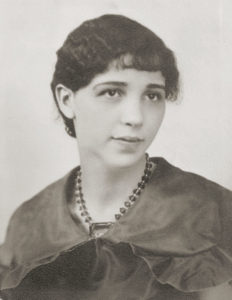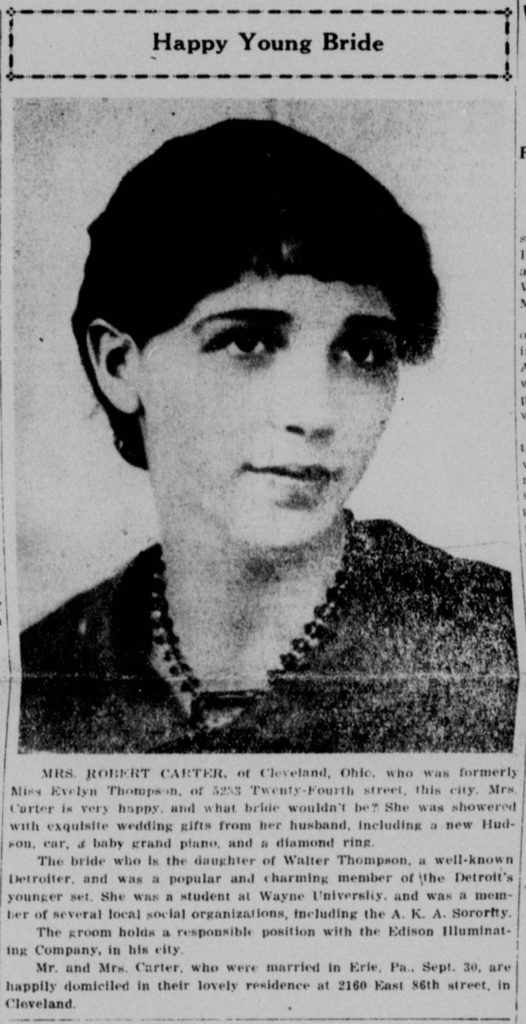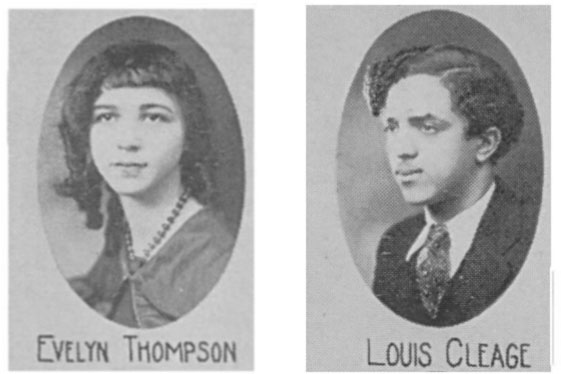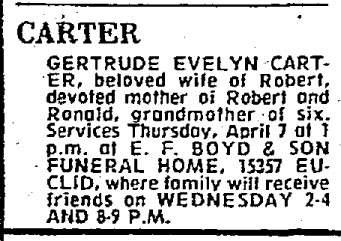Today I am posting the Final Report of George Reed’s Estate file. It includes the names and locations of his five surviving siblings. Two sisters, Josie Campbell Robertson and Lilly Louise Reed Shoemaker, predeceased him.
It has the address and location of the family home on Kenwood Avenue, and the amounts and location of his funds. It names monies that had been paid out and to whom it was paid.
George was a laboring man all of his life. He couldn’t read or write. It amazes me that he was able to leave so large a sum at his death. There were no family stories of George being a bootlegger or gambler. My aunt Barbara mentioned that he owned other property but there is none listed here.
George was strict with the younger family members that came up under his care. My aunt Barbara said that his niece Bessie, ran off as soon as she could to escape the restrictions. My grandmother Pearl was a few years older and seems to have thrived there. I have no photo of him, only that he “looked like Hugh.” My uncle Hugh, not his brother Hugh. I take that to mean that he was short and wiry and brown skinned. There were no particular stories about him. I wish that I had talked to my grandmother about him.
Next up will be letters exchanged between the lawyers (both of whom were well known black attorneys in Indianapolis), the sisters (Minnie and Sarah) and my grandmother Pearl.

